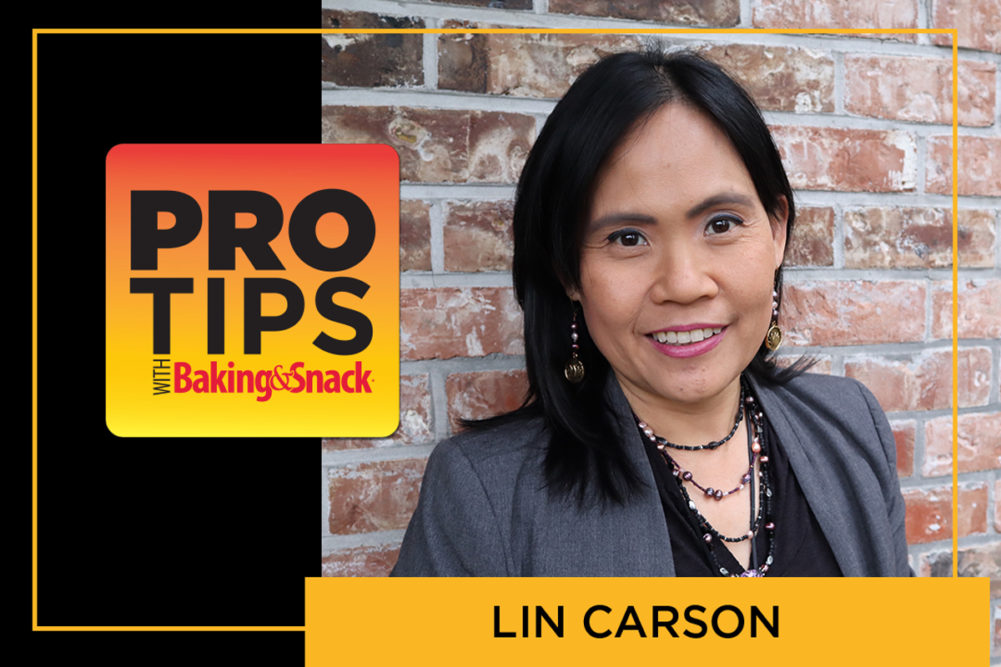Pro Tip: By anticipating a clean label project’s demand on the technical team, production costs and time, bakers can reduce commercialization costs.
Clean label projects place their own demands on your resources. These resources would include the production, engineering, R&D and QA teams as well as the cost and time to make it work.
Let’s take a look at the following steps that your company would have to take into consideration when it comes to each of these resources:
- Technical team: The commercialization team should include key personnel from the buyer, production, engineering, R&D and QA teams. They are responsible for planning in advance to make sure that the key ingredients, the equipment and packaging are ready. The packaging must reflect the new clean label ingredients. Depending on your changeovers, regular well-planned commercialization runs can range from six hours to two days. Planning is essential to keep this duration as short as possible.
- Cost: Ingredients will be a direct cost that you want to control with proper planning. Understand the flour quality in advance, making sure absorption is optimal, as the enzyme system will affect how the dough reacts. Line time is expensive, and the less you plan, the more line time you will have to sacrifice for the commercialization run. Line workers will be needed to fully staff the line so that adjustments can be made to accommodate formulation changes.
- Time: Make sure that the ingredients and processes are in place for testing. Sometimes, this takes a good 90 days of planning. If your plant doesn’t have a designated commercialization team for this project, then someone has to take the leadership role to guide this project through. Remember, the more time put into planning a commercialization run, the less money you will spend in the opportunity cost of a commercializing a clean label product.
Lin Carson, PhD, is the founder and chief executive officer of Bakerpedia. You can connect with her on LinkedIn.





